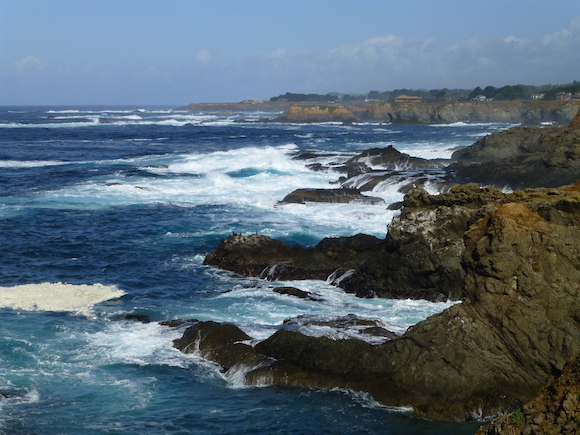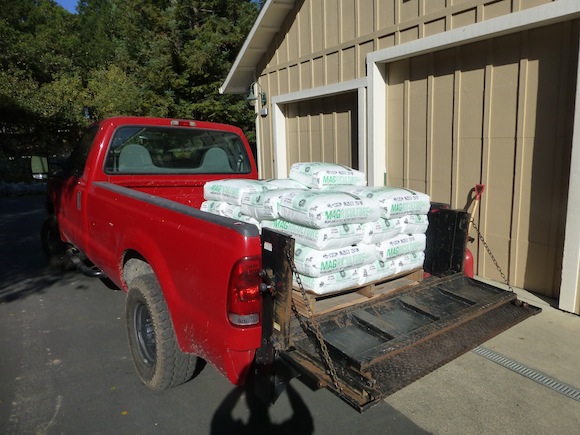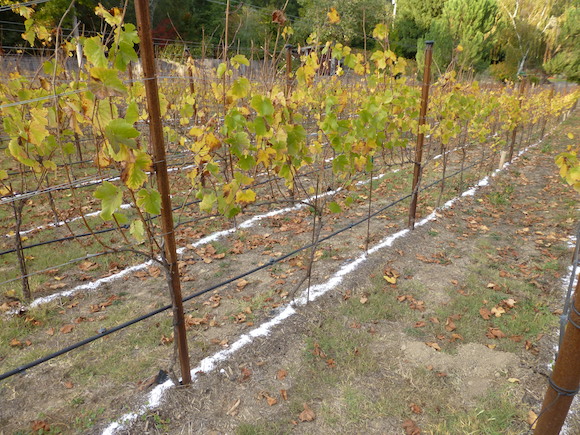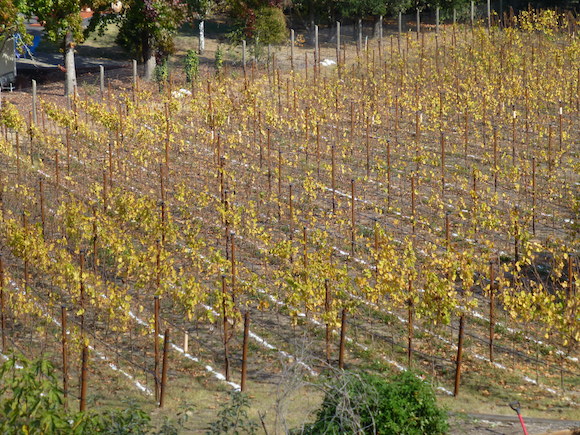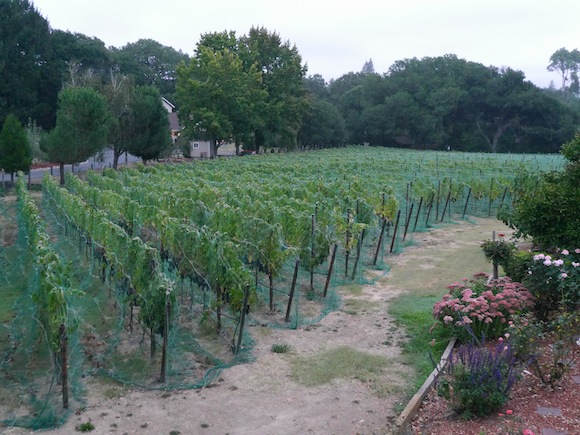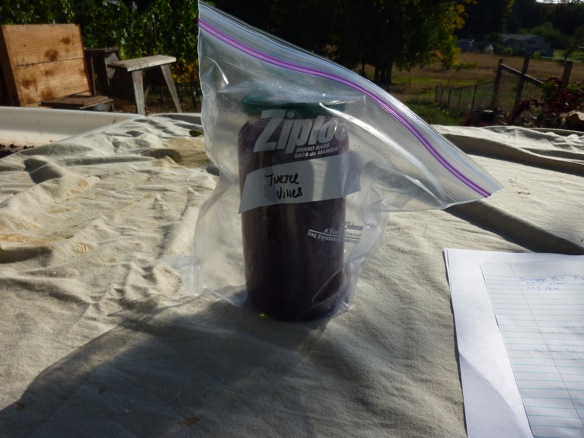A few weeks ago we drove 2 hours north to Mendocino, along the California coast. Occasionally you have to get away to allow you to think what is good and what needs to be improved in your life and in this case Turtle Vines vineyard and winery.
Hard to believe, but we started on this adventure when we purchased our house in 2008. In that time we prepared the land, planted 3130 pinot noir vines (enough for 5-6 tons of fruit), made 3 vintages of wine, acquired organic certification, found a buyer for grapes and were permitted to sell wine! Wow…what a ride so far. But every year you have to see what works and what doesn’t and make improvements…so here goes.
Winery
– Let Pinot Noir ferment with wild yeast, if needed, then introduce assmenhausen yeast.
– Find a distributor/restaurant for wine and develop a bigger following. This could include wine-on-tap.
– Acquire the .organic name when it is available.
– Keep Merlot separate and pick later than Pinot.
– Obtain a professional review for marketing…perhaps Prince of Pinot.
– Determine optimal amount of wine to make
– Blend 2014 Pinot for optimal taste of 3 possible wines
– Become profitable.
Vineyard
– Add another 1/2 pound epson salt per vine to decrease potassium. It has come down from 2100ppm to 1200ppm but needs to be around 500ppm.
– Add Boron to spray prior to bloom. Only spray seaweed once at bloom otherwise it will increase pH of grapes later in the season. Add sulfur to spray rotation for cost and spider mites.
* Stylet oil/Boron prior to bloom
* Serenade/seaweed at bloom
* Alternate serenate/stylet oil/bicarbonate/sulfur the rest of the season
* Boron in the fall
– Dry farm as much as possible, especially the Pommard
– Hire out bigger jobs, especially shoot straightening/thinning in May to create airflow and prevent mildew. In addition…pruning and harvest.
– Fill out paperwork to become “Sustainable” in addition to being certified Organic.
– Drop more fruit for short canes
– Become profitable.
